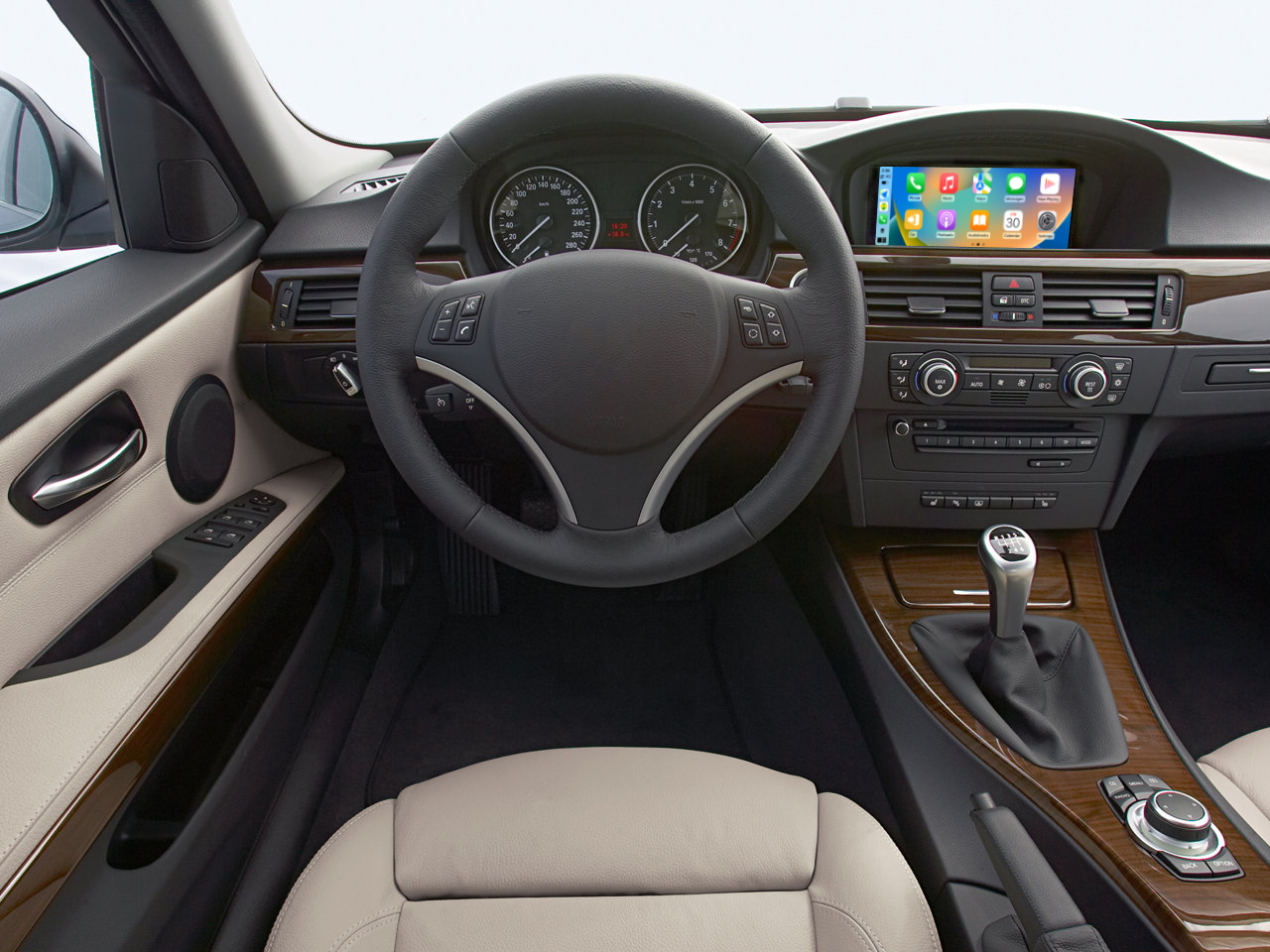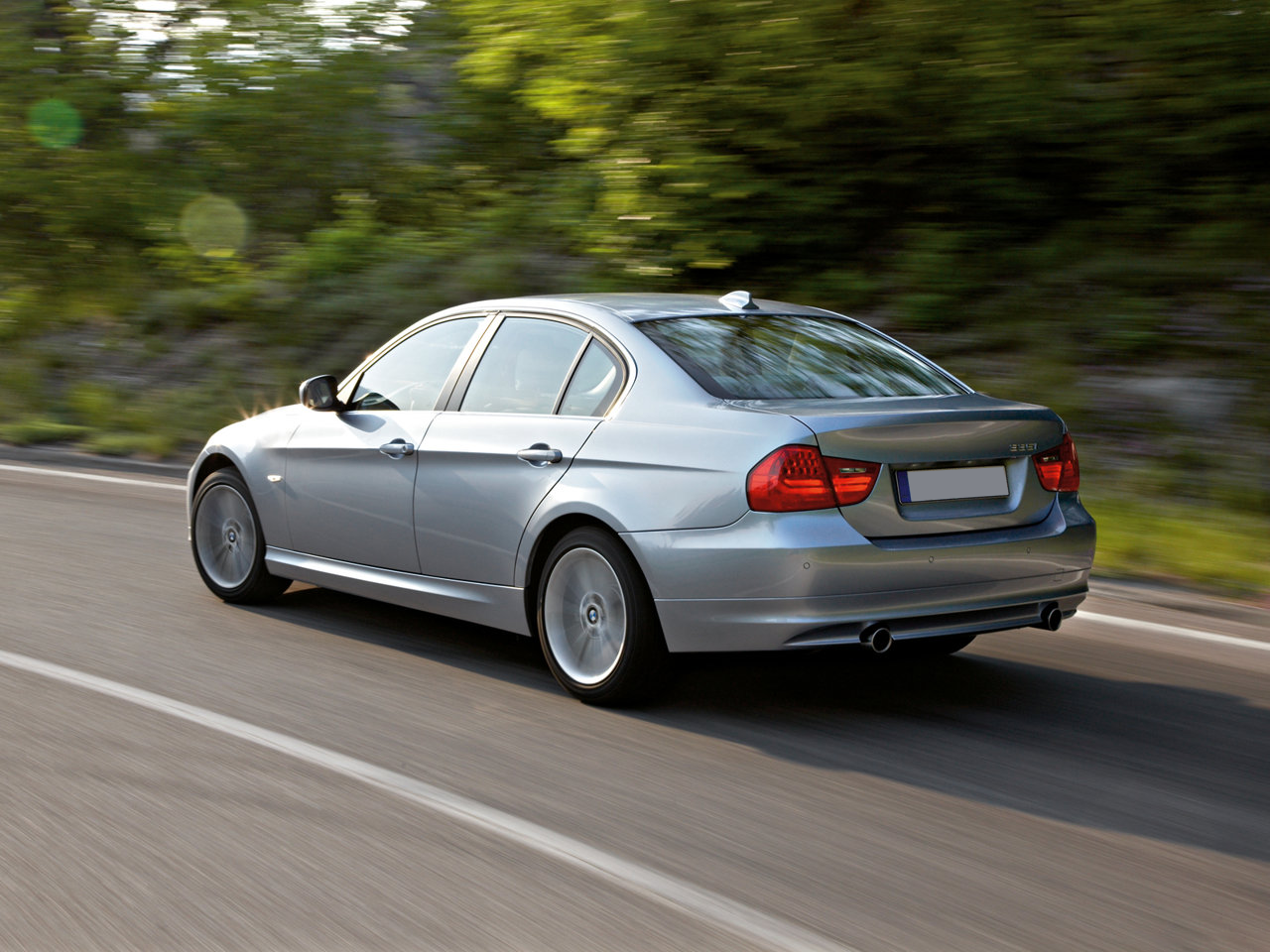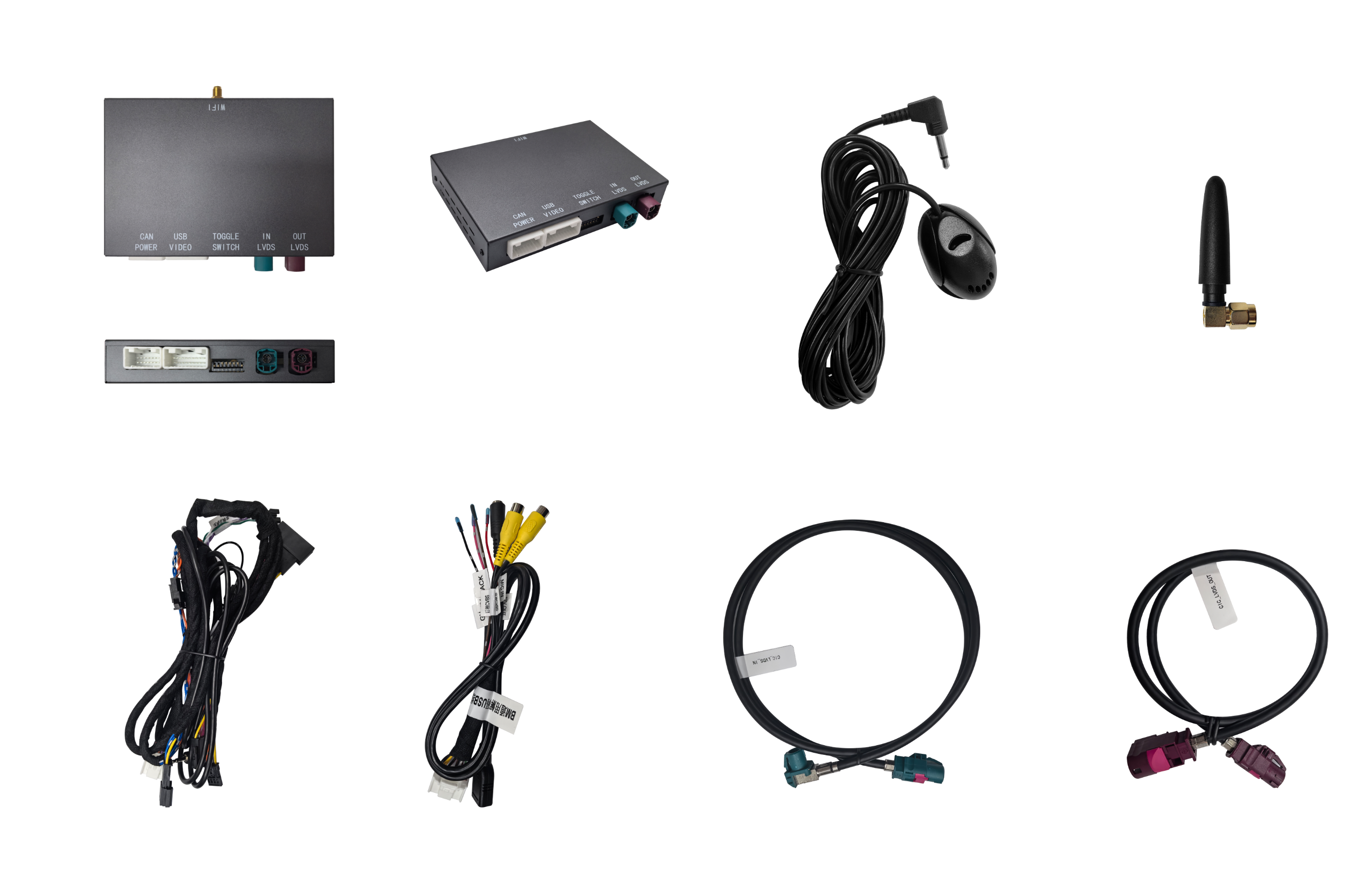How to Connect Your Apple CarPlay Adapter for Car Wirelessly

Setting up a wireless Apple CarPlay adapter for car use is simple and quick. Whether your car already has CarPlay or you’re adding it, the process is easy to follow.
CarPlay now works with more car models, helping more people use it.
Better connection and faster responses make it work smoothly.
Improved voice commands let you find directions or play music easily.
These updates make connecting your iPhone to your car’s system easier than ever. You can enjoy a wireless setup with the Apple CarPlay adapter for car and stay focused while driving.
Key Takeaways
Make sure your car and iPhone can use wireless CarPlay first.
Use the simple guide to set up your Apple CarPlay adapter fast.
Update your adapter's software often for better performance and no connection problems.
Step-by-Step Guide to Make Apple CarPlay Wireless

Check If Your Car and iPhone Work with CarPlay
Before setting up wireless Apple CarPlay, check if it works with your car and iPhone. Many newer cars support CarPlay, but it’s smart to confirm. Here’s what you’ll need:
An iPhone 5 or newer with iOS 13 or later.
A car with wireless CarPlay or a wireless CarPlay adapter.
Make sure Bluetooth and Wi-Fi are turned on your iPhone.
You can also check your car’s manual or the maker’s website to confirm. If your car doesn’t have wireless CarPlay, you can add it with an adapter like the LEADSIGN BMW CIC Apple CarPlay Interface Kit.
Open and Get the Apple CarPlay Adapter Ready
After confirming compatibility, open your Apple CarPlay adapter box. Inside, you’ll find the adapter, a manual, and cables if needed. Follow these steps to get ready:
Check the adapter for any damage.
Read the manual for detailed instructions.
Make sure your car’s USB port works properly.
Getting everything ready helps avoid problems during setup.
Plug the Adapter into Your Car’s USB Port
Next, connect the adapter to your car. Find the USB port, usually in the center console or glovebox. Plug the adapter into the port securely. Turn on your car to power the adapter.
Pair Your iPhone to Wireless CarPlay Using Bluetooth and Wi-Fi
To use wireless CarPlay, pair your iPhone with the adapter. Do this by following these steps:
Turn on Bluetooth and Wi-Fi on your iPhone.
Find the adapter’s name in your Bluetooth settings.
Tap the adapter and follow the instructions to pair.
Once paired, your iPhone will connect to wireless CarPlay automatically when you start your car.
Test and Fix the Connection
After pairing, test the setup to make sure it works well. Play music, use maps, or make a call to check. If there are problems, try these fixes:
Restart your iPhone and the adapter.
Update the software on both devices.
Pair them again if needed.
A strong connection ensures you enjoy wireless CarPlay fully.
Troubleshooting Wireless Apple CarPlay Problems
Wireless Apple CarPlay is handy, but issues can happen. Don’t stress—most problems are simple to solve. Here are common issues and how to fix them.
Fixing Connection Issues
If CarPlay won’t connect, check a few things first. Make sure your iPhone’s Bluetooth and Wi-Fi are on. Confirm your car’s system works with CarPlay. If all looks good, try these steps:
Restart your iPhone and the adapter.
Remove the CarPlay network from Bluetooth and reconnect it.
Update your iPhone to the newest iOS version.
Turn off other Bluetooth devices nearby to avoid interference.
Sometimes, things like heat or crowded areas with many signals can cause trouble. Updating your car’s system software can also help prevent these problems.
Solving Dropped or Weak Connections
Losing connection while driving can be annoying. First, check if the adapter is firmly plugged into the USB port. If your car has more than one USB port, try another one.
If the issue continues, reset your car’s system to factory settings. Adjusting sound settings might fix audio problems too. Lastly, make sure your adapter works with your car model for better results.
Updating Adapter Software for Better Use
Keeping your adapter updated is important for smooth performance. Updates fix bugs, improve connections, and make it work better. To update:
Go to the maker’s website or check the manual for steps.
Download the newest software version to your computer.
Follow the instructions to install it on your adapter.
Many users notice fewer problems and better performance after updates. Regular updates help you enjoy CarPlay without interruptions.
Tips to Add Wireless Apple CarPlay to My Car

Picking the Best Wireless Apple CarPlay Adapter
Choosing the right adapter makes wireless CarPlay work better. Focus on features like strong connections, easy setup, and car compatibility. Look for adapters that start quickly and respond fast. These features help apps and music load quickly, just like on your phone.
Reading customer reviews can also help you pick. Many people like adapters with smooth connections and easy use. They often mention how wireless CarPlay is convenient and sounds great. But some reviews talk about delays or issues with certain cars. Checking these details before buying can save you trouble later.
Keeping Software Updated for Better Use
Updating your adapter’s software is very important. Updates fix problems, improve performance, and work with new iPhone features. Most companies explain how to update on their websites.
Updates also keep your connection steady. If you notice delays or dropped signals, updating might fix it. Regular updates make sure your wireless CarPlay works well every time you drive.
Reducing Interference from Other Devices
Other devices can mess up your wireless CarPlay connection. Old phones, microwaves, and some Bluetooth devices can cause problems. To avoid this, keep your phone and adapter away from these things.
Using the 5 GHz Wi-Fi band can help too. It has fewer problems and more clear channels than 2.4 GHz. Placing your adapter in a good spot and balancing Wi-Fi traffic can also help. These small changes can make your wireless CarPlay work much better.
Connecting your iPhone to wireless Apple CarPlay is easier than you think. Just follow these steps:
Allow CarPlay under Screen Time settings.
Pair your iPhone with your car’s system through the CarPlay settings.
If you run into issues, don’t worry! Most problems can be fixed by restarting devices, updating software, or reconnecting. Once everything’s set, you’ll love the convenience of wireless Apple CarPlay. It keeps your focus on the road while giving you access to music, maps, and calls effortlessly.
FAQ
How can I tell if my car has wireless CarPlay?
Look at your car’s manual or check the maker’s website. If it doesn’t have it, you can add a wireless adapter to use CarPlay.
Is Wi-Fi needed for CarPlay to work?
Yes, wireless CarPlay needs both Bluetooth and Wi-Fi. These connections help your iPhone and car system work together smoothly.
What makes my CarPlay connection weak?
Nearby devices or old software can cause problems. Update your iPhone and adapter, and keep other wireless devices away for better results.

